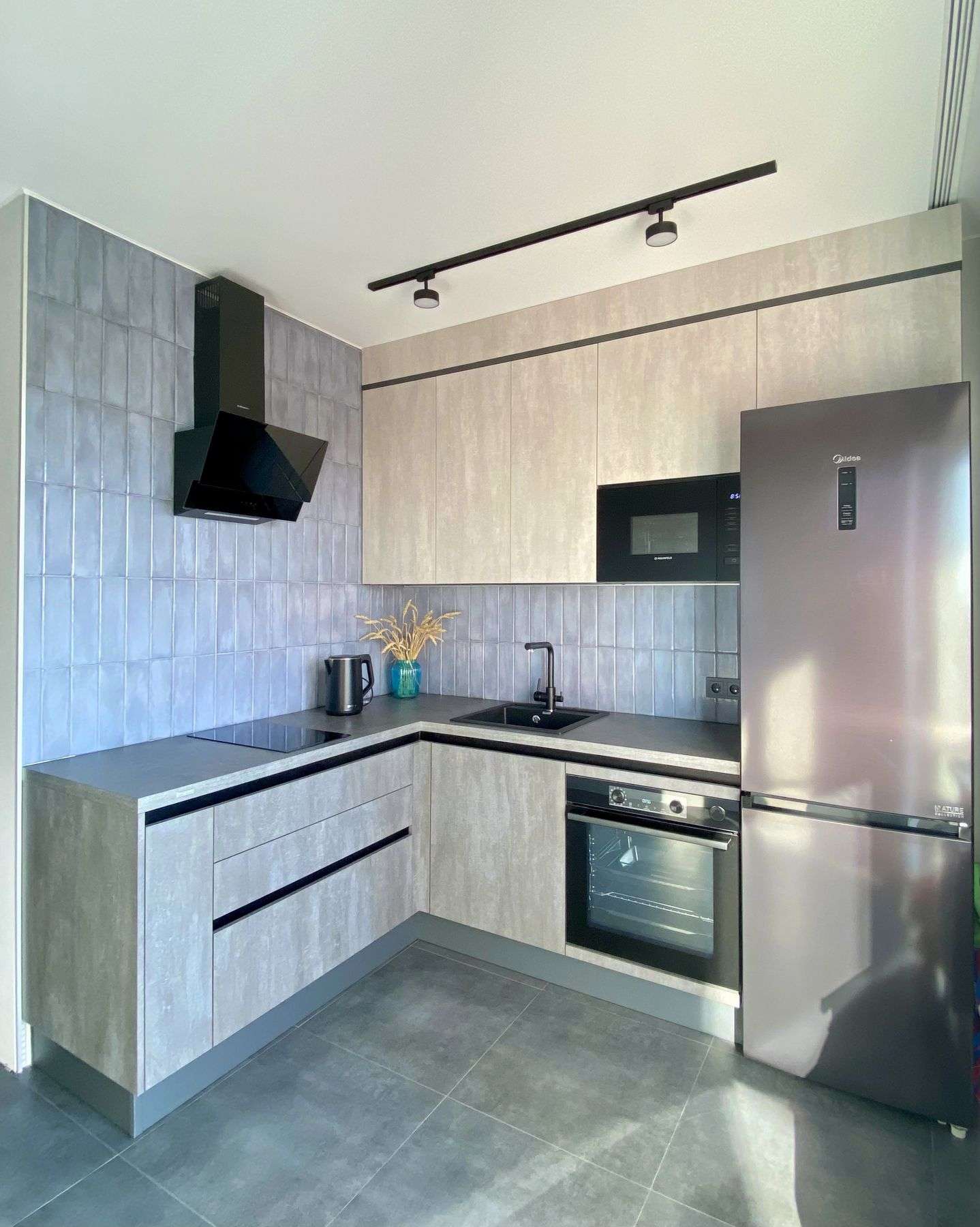
Culinary Spaces Redefined
Introduction to Modern Culinary Spaces
In recent years, the concept of culinary spaces has evolved dramatically. No longer confined to traditional kitchens, culinary spaces now serve as multifunctional areas that accommodate cooking, socializing, and even remote work. The fusion of technology, design, and culinary arts has given rise to a new era where culinary spaces are redefined to be both functional and aesthetically pleasing.
The Rise of Open-Plan Kitchens
Open-plan kitchens have become a staple in modern home design. This layout breaks down the barriers between the kitchen and living areas, creating a seamless flow that encourages interaction and togetherness. The open-plan concept not only enhances the visual spaciousness but also allows for a more sociable culinary experience where cooking and entertaining can happen concurrently.
Incorporating Smart Technology
Smart technology is at the forefront of redefining culinary spaces. From intelligent ovens that can be controlled remotely to fridges that track expiry dates, smart appliances are transforming the way we cook and manage our kitchens. Voice-activated assistants and touchless faucets further contribute to the convenience and hygiene of modern culinary spaces.
Sustainability and Culinary Spaces
Sustainable design is increasingly important in the evolution of culinary spaces. Energy-efficient appliances, eco-friendly materials, and waste-reducing solutions are being integrated into kitchens to minimize environmental impact. Urban gardens and compost systems are also becoming popular features that promote a farm-to-table ethos and sustainable living.
Multi-Functional Kitchen Islands
Kitchen islands have become the centerpiece of culinary spaces, often serving multiple purposes. They provide additional prep areas, dining surfaces, and storage solutions, while also acting as a social hub. With versatile designs incorporating sinks, stovetops, and seating, kitchen islands exemplify the multi-functionality of modern culinary spaces.
Design Matters in Culinary Spaces
Aesthetics play a vital role in the redefinition of culinary spaces. Custom cabinetry, unique backsplashes, and statement lighting fixtures are being used to express personal style and create visually stunning environments. The choice of materials and colors also contributes to setting the ambiance of the space, whether it's aiming for a minimalist, rustic, or avant-garde look.
The Evolving Role of Dining Areas
Dining areas are no longer just for eating; they have evolved into spaces for connection and creativity. Multi-use tables that serve as workstations during the day and communal dining spots in the evening reflect the changing needs of modern living. This flexibility in dining spaces caters to the diverse activities of households and embodies the dynamic nature of contemporary life.
Conclusion: Embracing Change in Culinary Spaces
The redefinition of culinary spaces reflects a broader shift in how we approach cooking, living, and interacting within our homes. The integration of technology, the emphasis on sustainability, and the attention to design detail are key factors driving this evolution. As we continue to embrace change and adopt innovative solutions, culinary spaces will remain at the heart of our homes, continuously adapting to meet our needs and enhance our daily experiences.
``` This is a text-only version of an HTML article with headings and paragraphs marked up appropriately. Note that this does not include other structural elements (like a full HTML page structure), inline styling, or images, as you requested only the text content.